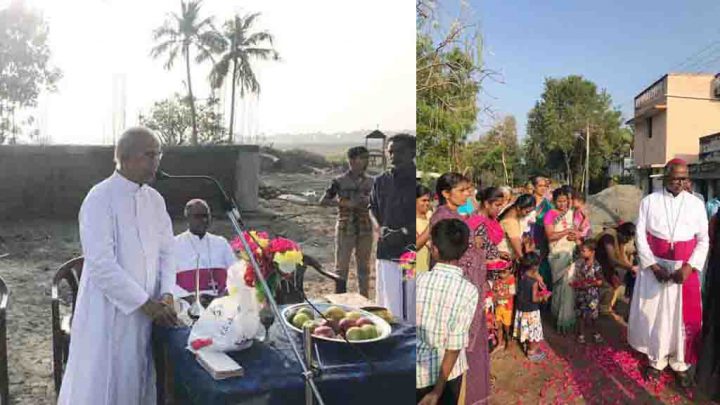There are three ministries that serve as the spiritual powerhouse; reflecting God’s abiding love, care for the poorest of the poor, and marginalized in a tangible form like an extension of the miracle of the multiplication of bread.
Sacred Heart Leprosy Hospital in Kumbakonam: Established in 1914, it has served for the welfare of lepers of all faiths with exemplary dedication. This Hansenorium, the Leprosy Center has separate quarters for men and women for treatment and residence. The center teaches and enables them regain their worth and self-respect. It also has a school exclusively for their children.
Helen Keller School for Deaf and Dumb: Twenty-two years ago, the Diocese started a school and home for 226 physically challenged children, assisted by five dedicated nuns and eight lay special education teachers. All these children with speech and hearing impediment are from poor families, most of whom are considered a curse from God resulting in neglect or removal from the family.
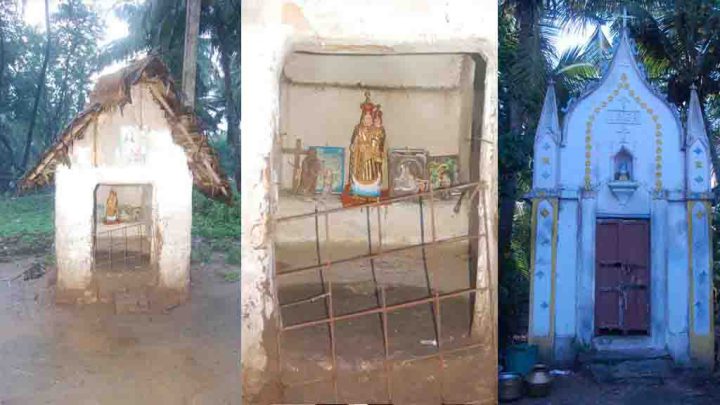 Besides the 136 Catholic schools, the diocese runs 36 orphanages for 4860 orphans. Most of these children come from families of single mothers, widows and addictive and abusive father. They are forced into child labor, tending cattle in order to eke out a living for the family.
Besides the 136 Catholic schools, the diocese runs 36 orphanages for 4860 orphans. Most of these children come from families of single mothers, widows and addictive and abusive father. They are forced into child labor, tending cattle in order to eke out a living for the family.
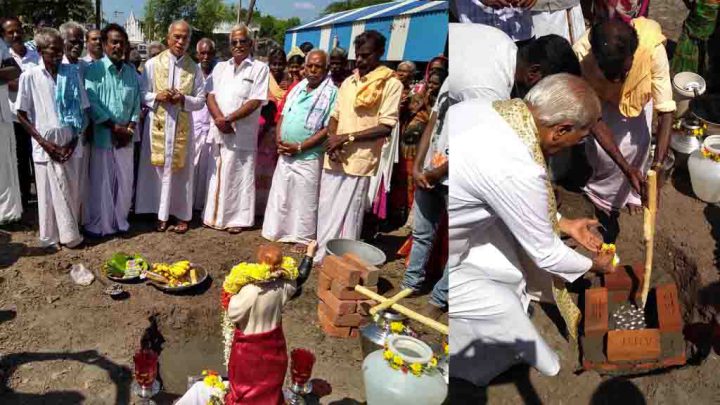
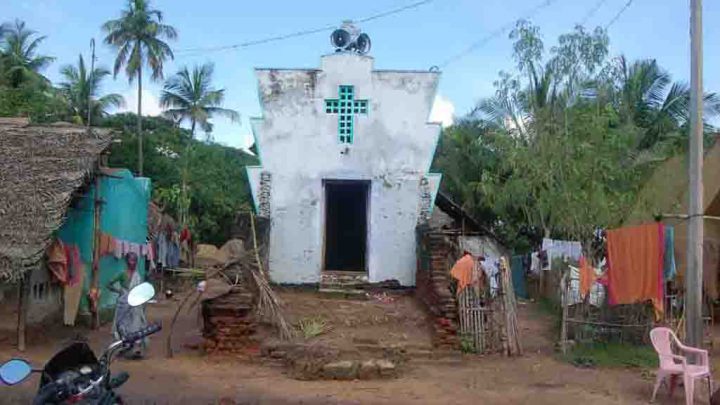
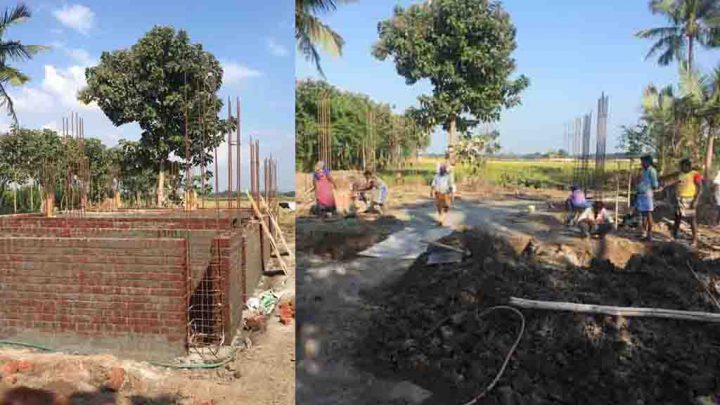 Diocesan Pastoral Center: The Pastoral Center coordinates 12 different ministries each headed by a priest or a nun. They are Bible, Catechetic, Liturgy, BCC, Youth, Women-empowerment, Ecumenism, Vocation, Family, Education and Social Development. The diocese needs funds to continue the missionary endeavors and pastoral ministry to 113,000 Catholics (6% of the total population) in 94 parishes and 618 missions, served by 278 priests, 612 nuns 12 trained catechists and 600 part time untrained catechists.
Diocesan Pastoral Center: The Pastoral Center coordinates 12 different ministries each headed by a priest or a nun. They are Bible, Catechetic, Liturgy, BCC, Youth, Women-empowerment, Ecumenism, Vocation, Family, Education and Social Development. The diocese needs funds to continue the missionary endeavors and pastoral ministry to 113,000 Catholics (6% of the total population) in 94 parishes and 618 missions, served by 278 priests, 612 nuns 12 trained catechists and 600 part time untrained catechists.
The diocese needs to build 11 parish churches and 216 mission chapels. Out of the total population of the Catholics 65% are Dalits (people from the lowest caste) who are socially segregated, economically exploited, discriminated and oppressed. Government compels Dalit converts to return to Hinduism (reverse conversion) by denying them all the socio-economic, educational and medical benefits, job opportunities otherwise due to them, driving converts to despair. This religious discrimination becomes an obstacle to evangelization among the poor and the Dalits.
There is an adverse impact of social media, other secular forces and anti-Christian movements, taking advantage of the poverty of Catholics. The ineptitude of the diocese to cope with the escalating obstacles to evangelization, faith-formation and missionary endeavors are tangible. Due to acute poverty of 65% of the Catholics, the diocese depends mostly on funds from annual mission appeal for the pastoral, educational, medical and socio-economic ministry with the marginalized and poor converts.
The testimony of Rev. M. S. Selva Raj is a compelling slice of the social, economic and religious fabric of the society. “I was pastor of St. Paul’s mission, at Kulumur, founded in 1935 with 18 sub-stations, spread over an area of 28 miles, located in a jungle. One midnight Kumar a Hindu adult was rushed to my rectory. A cobra had bitten him and his life was in danger. After giving him a powerful herbal anti-venom, I immediately drove unconscious Kumar to the hospital, 30 miles away on my motor cycle along with another person. Thank God, he was saved from the snakebite. A year later, the Hindu fundamentalists had the police arrest Kumar and 22 other Hindu catechumens to prevent their conversion. However, Kumar put up a bold defense through his powerful, personal and convincing witness. “It is through the selfless ministry of the priests and the nuns during the past 50 years that this entire area is beaming with life through good education, medical care, moral standards, culture and civilization of life. If not for the Catholic Missionaries we would still live in dark ages. Whereas you and your government have never cared for us in our misery and distress. My family and I would have vanished into oblivion had not the priest intervened at the right time to save me from snakebite. As for my family and me Jesus is the only Savior and true God. Any amount of your vile tactics of physical extortion, deprivation of social and economic benefits and scare cannot prevent me from embracing Christianity.”
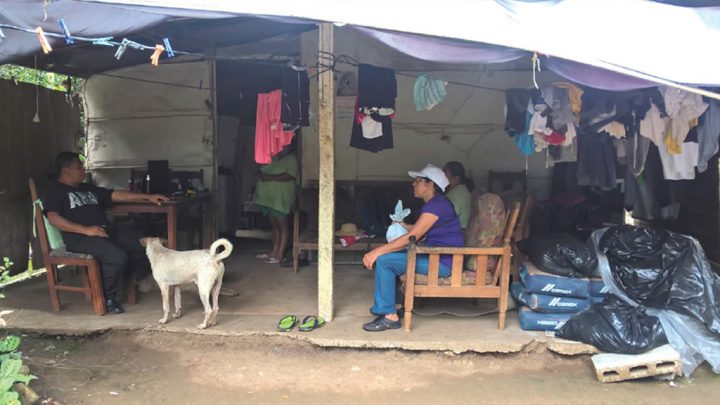 Kumar’s personal conviction and courageous witness, supported by 22 of his peers, saved our mission from further harassment. Undoubtedly, this powerful endorsement from a group of Hindus delivered a rude shock to those who opposed our missionary work. In truth such a manifold ministry through mission school, clinic and orphanage for boys and girls, mostly non-Christians, trying to mirror God’s love for the poor and forsaken, is made feasible through mission appeals and the Propagation of Faith in U.S. and Rome.
Kumar’s personal conviction and courageous witness, supported by 22 of his peers, saved our mission from further harassment. Undoubtedly, this powerful endorsement from a group of Hindus delivered a rude shock to those who opposed our missionary work. In truth such a manifold ministry through mission school, clinic and orphanage for boys and girls, mostly non-Christians, trying to mirror God’s love for the poor and forsaken, is made feasible through mission appeals and the Propagation of Faith in U.S. and Rome.
The Diocese of Kumbakonam, India was assigned to St. Gregory the Great Church, San Diego in 2017 and Our Lady of Perpetual Help Church, Lakeside in 2018 for Missionary Cooperation Plan. They are assigned to St. Agnes Church, San Diego for MCP 2021.
Rev. M. S. Selva Raj, Mission Director, Diocese of Kumbakonam, India.

